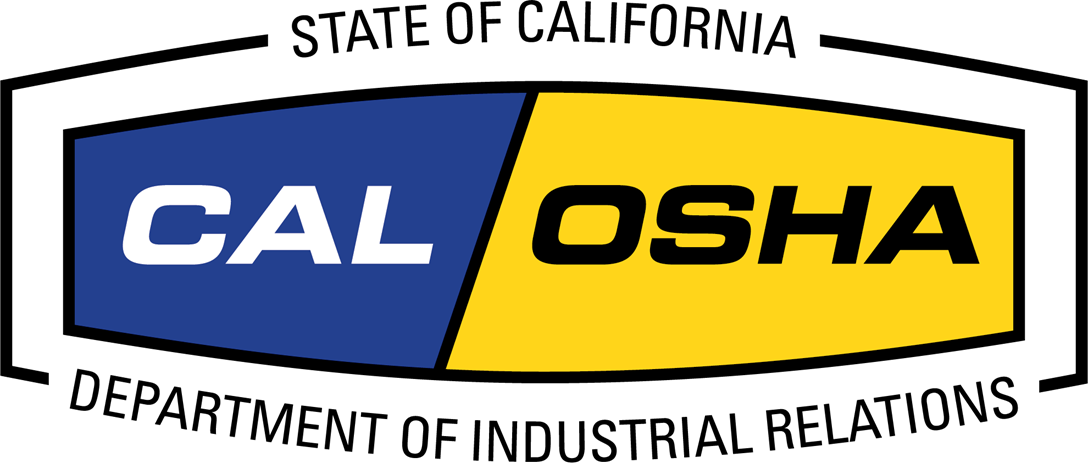Programs, Policies, & Procedures
Latest News
CSUDH safety programs and policies were created to provide employees with parameters that will keep them safe at work. Each one references federal, state, and local laws that every business in California must comply with. Title 8 of the California Code of Regulations covers most of the workplace standards to decrease the potential for injury. The California Occupational Safety and Health Administration (Cal/OSHA) is the regulatory agency most commonly associated with workplace safety.
CSUDH safety policies identify program responsibility at every level of the university. They also address our strategies for assessing hazards, training and communication, best work practices, incident investigation, compliance, and record-keeping.

If you have any questions about Cal/OSHA requirements or CSUDH safety policies, please contact our office at ehs@csudh.edu
Safety Programs and Policies
Program Link | Overview |
| Injury and Illness Prevention Program (IIPP) | The IIPP is the overarching safety program that includes an outline of information that must be included within each policy or program. |
| Automated External Defibrillator (AED) Program | This program outlines the protocols to be followed when using an AED and where campus AEDs are located. |
| Aerosol Transmissible Disease (ATD) Exposure Control Plan | This plan explains the risks of exposure to ATDs in occupational settings and the protocols in place should exposures occur. |
| Bloodborne Pathogen Exposure Control Plan | This plan describes the risk of occupational to exposure to blood, prevention protocols, and clean-up procedures for blood or other biological spills. |
| Contractor Safety Plan | This plan establishes safety requirements for outside contractors while performing work at the CSUDH campus. |
| Electrical Safety Program | This program outlines the responsibilities of employees who are authorized to conduct electrical work at the CSUDH campus. |
| Employee Medical Monitoring Program | This program describes the measures in place for employees whose work exposes them to specific hazards (such as noise, lead, and asbestos). |
| Ergonomics Program | This program details the measures in place to fit workplace conditions to a user's body mechanics in order to reduce the risk of injury. |
| Fall Protection | This program includes measures in place to prevent employees who work above ground-level from having an accidental fall. |
| Hazard Communication | This program outlines how the university communicates the hazards from chemicals or hazardous substances to employees. |
| Heat Illness Prevention Program | This program details strategies to protect employees from heat illnesses for outdoor work and un-airconditioned indoor work. |
| Hot Work | This program is outlines safety procedures for employees authorized to perform hot work (such as welding). |
| Lockout/Tagout | This program details procedures for safely de-energizing equipment before service or maintenance is performed. |
| Powered Industrial Truck (PIT) Safety Program | This program describes safety procedures for those who are authorized operators of PITs such as forklifts, boom lifts, and scissor lifts. |
| Respiratory Protection Program | This program outlines the control measures in place to reduce the need for personal respiratory protection and the criteria for employee respirator use. |
| Respirable Crystalline Silica Control Plan | This plan specifically addresses respiratory exposures to silica and the control measures in place to reduce exposure risks. |
| Trenching and Excavation Program | This program outlines the safety requirements for employees who are authorized to conduct excavations and dig trenches. |
| Work Shoe Policy | This policy describes classifications of employees required to wear safety shoes and the type of shoe required by each position. |
Safety Guidelines and Procedures
The following guidelines and procedures assist employees that have been assigned specific tasks. They outline the hazards associated with the tasks as well as the prevention measures that must be taken.
| Custodial Blood Cleanup Procedures | These procedures for cleaning up blood spills and other biological matter is designed to protect custodians against bloodborne pathogens during cleanup. |
| Spill Kit Procedures | Spill kits are provided in areas that store and use chemicals. Small spills may be cleaned up only by authorized employees using these procedures. |
| Eyewash Inspections | Eyewashes are present in areas that use chemicals or have airborne contaminants present, such as sawdust. These procedures outline the monthly inspection procedures. |
| Mobile Elevated Working Platforms | Aerial lifts and scissor lifts may only be used by employees who have been certified for their use. These guidelines outline the hazards associated with working with this equipment. |
| Fire Watch Procedures | These are the procedures in place in the event that fire alarm or sprinkler systems are temporarily disabled for repair or service. |